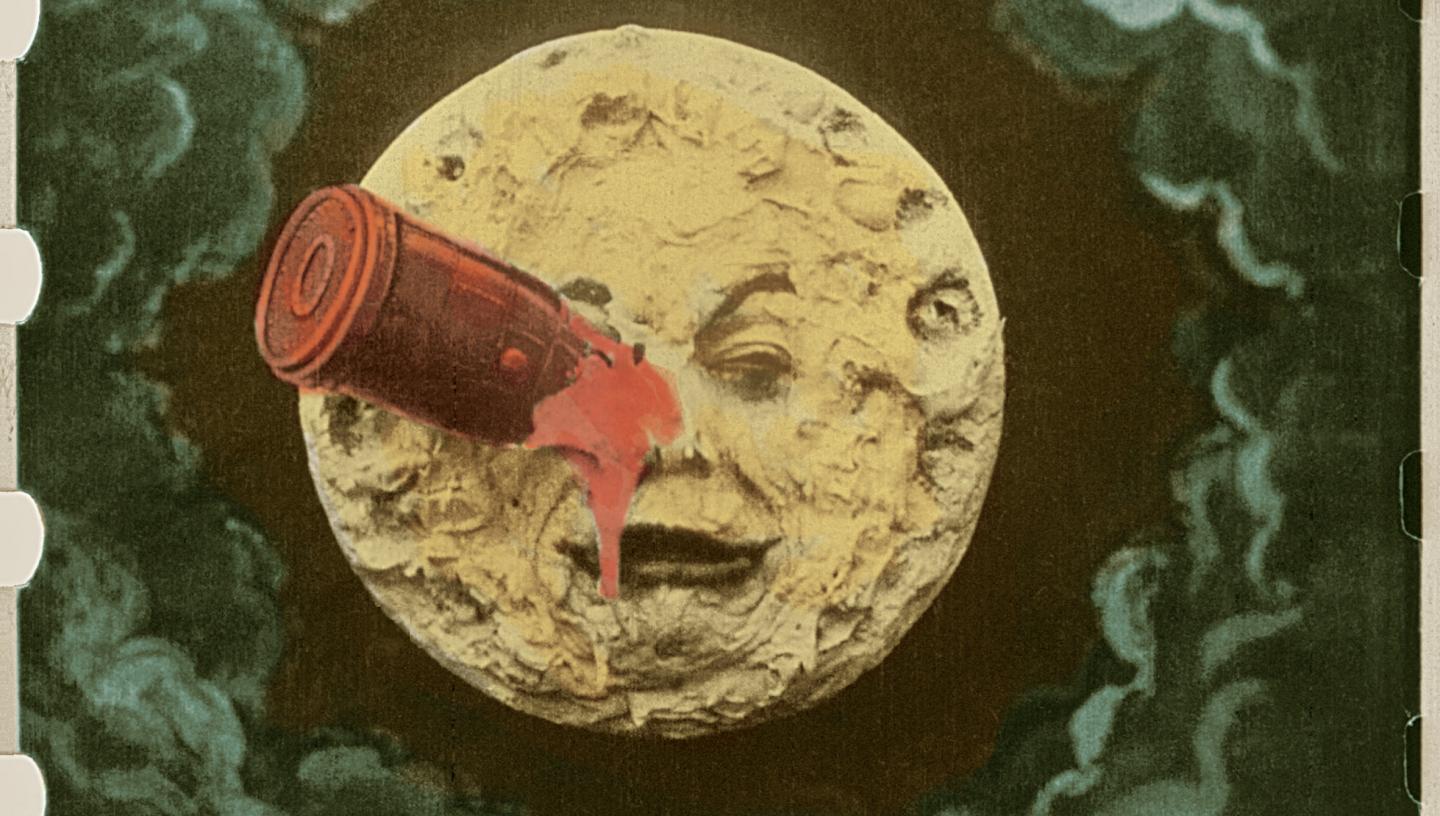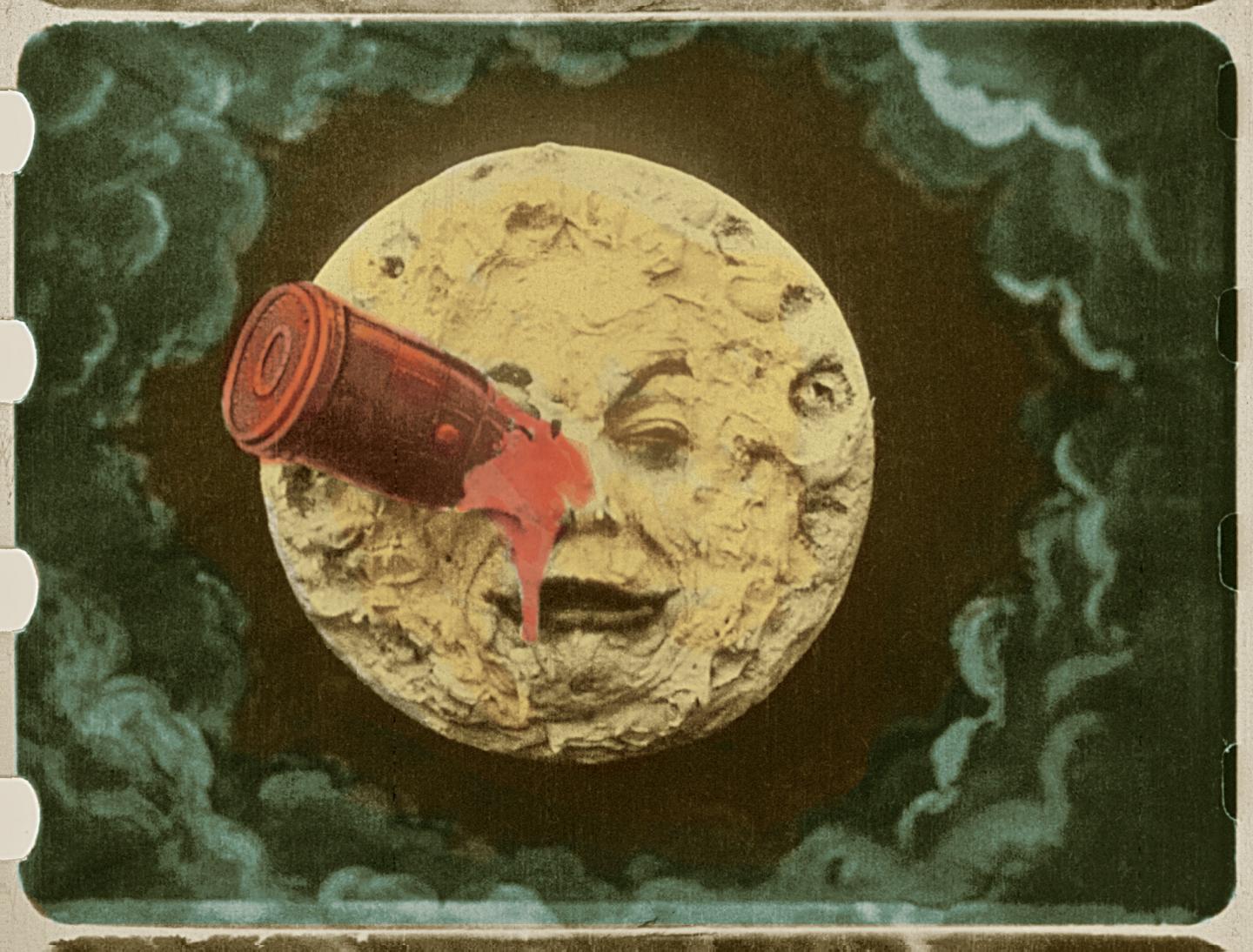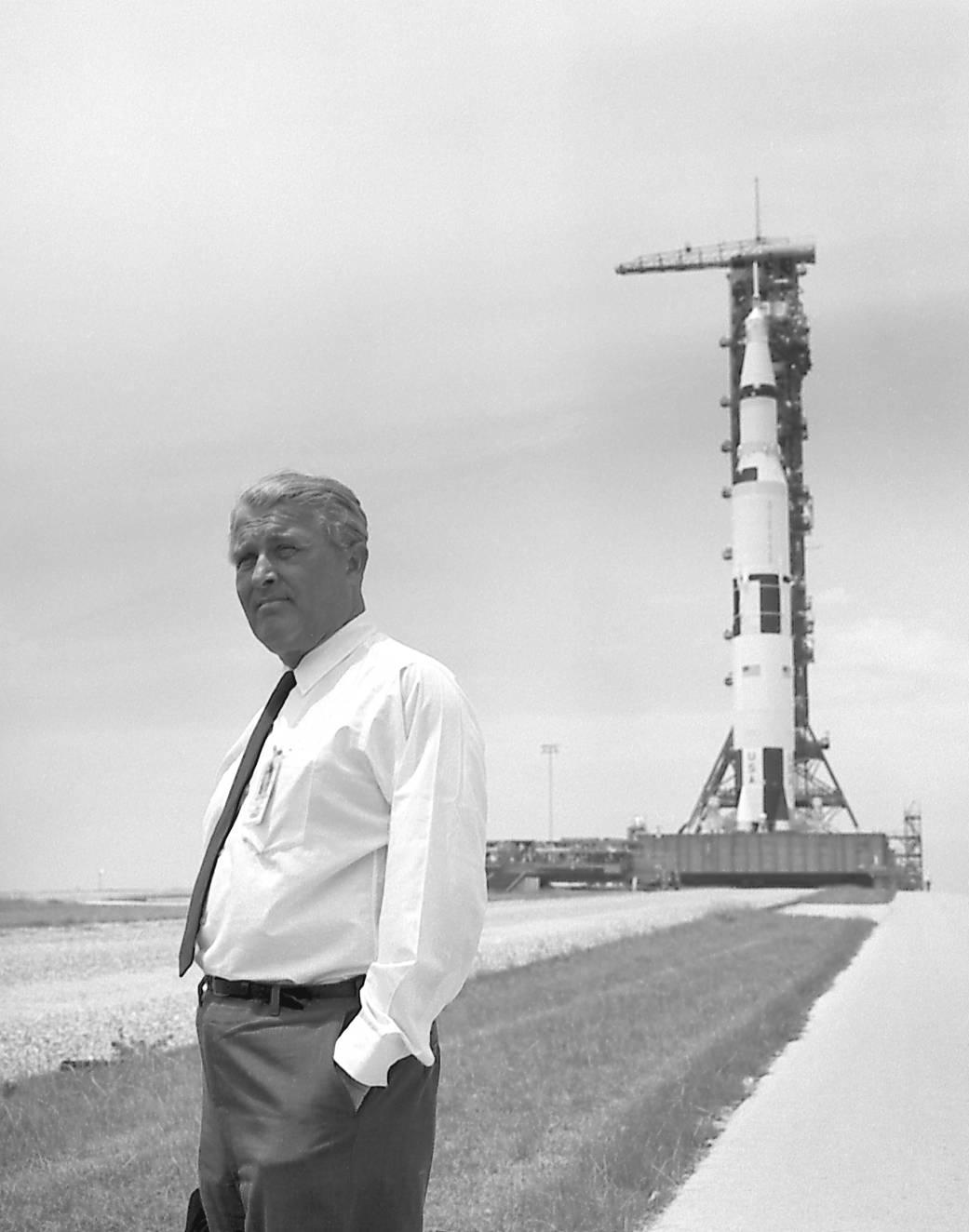
Science fiction meets science fact: how film inspired the Moon landing
The Moon has been a destination in the human imagination long before we could travel there, from the 'first science fiction narrative' by Lucian of Samosata in the 2nd century CE to the sci-fi movies of the early 20th century.
The Apollo 11 Moon landing in July 1969 was in part made possible thanks to the public’s increased interest in - and support for - space travel.
Illustrated periodicals, books and in particular film did much to popularise this. They gave the public a vision of the future, an idea of what could be possible in outer space.
Eventually, science fiction would become science fact.
Literature
Humans have dreamed of going into space for centuries. A True Story, written by Lucian of Samosata in the 2nd century, is the first known work to imagine travel to outer space.
But it was in the late 19th and early 20th centuries where these tales of 'science fiction' really began to fire the imaginations of scientists. The American Robert H. Goddard, who built the first liquid-fuelled rocket, is considered one of the ‘fathers’ of rocketry. He became fascinated with spaceflight after reading a serialisation of The War of the Worlds by H.G. Wells. Imagination sparked innovation.
The work of H.G. Wells would also have a profound impact on early films about space. These films, in turn, would encourage future generations of scientists and engineers to make space travel a reality.
Le voyage dans la Lune
The first film to show lunar travel is French filmmaker Georges Méliès’s Le voyage dans la Lune (A Trip to the Moon, 1902). It was inspired by Jules Vernes’s novels From the Earth to the Moon (1865) and Around the Moon (1870), as well as The First Men in the Moon (1901) by H.G. Wells. The film’s ‘Selenites’ are taken from the Moon-dwelling creatures of the same name in Wells’s novel.
Le voyage dans la Lune presents a group of astronomers travelling to the Moon in a cannon-propelled capsule. It features the famous moment the capsule crash lands into the eye of the man in the Moon, an image replicated throughout film and popular culture.
The film also shows an earthrise; that is, the Earth rising from the Moon. While this is an image that recurs in illustrated books about the Moon in the early 19th and 20th centuries, the most famous Earthrise is that captured by astronaut Bill Anders during the Apollo 8 mission, the first crewed mission to orbit the Moon. Representing the beauty and vulnerability of Earth in the vastness of space, it has come to inspire the environmental movement in the late 20th century.
Frau im Mond
Fritz Lang’s Frau im Mond (Woman in the Moon, 1929) is considered by many to be the first sci-fi film, and was written by Lang’s wife, screenwriter Thea von Harbou. This silent film was the first time that the concept of getting to the Moon by rocket was shown to a wide audience.
Lang’s film introduced several of what we now think of as tropes of space travel in popular culture.
To introduce some drama to the rocket’s launch sequence, Lang included a ‘countdown to zero’ - a procedure which would later be adopted by NASA. Furthermore, Lang’s rocket is a multi-stage rocket, similar to that which would go on to be used during the Moon landings.
One of the advisors on the film was Hermann Julius Oberth, another ‘father’ of rocketry. Oberth even planned to build a rocket to be used in the film’s promotion but did not complete it in time for the film’s release. Another rocket amateur involved in the film as a consultant was popular science fiction writer Willy Ley. Relationships such as these, between scientists and film makers, continued as the 20th century progressed.
Much of the reason for Frau im Mond’s notoriety is because of its focus on the practicalities of getting a rocket to the Moon. It is not surprising then that it was popular amongst German rocket scientists. These included Wernher von Braun, an assistant of Oberth’s who would go onto design the V-2, the world’s first long range guided ballistic missile, used by the Nazis during World War Two. The V-2 missile was even adorned with a logo of a woman sitting on a rocket, thought to be inspired by the film.
Destination Moon
Another film to anticipate much of the reality of travelling to the Moon was Destination Moon (1950). Produced by George Pal, the film follows four astronauts travelling to the Moon on a privately funded mission.
The film details some of the problems and dangers associated with space travel. Von Braun was also an advisor on this film, and it continued many of the tropes introduced by Frau im Mond, such as a countdown to lift off.
The film is loosely based on the novel Rocket Ship Galileo by Robert A. Heinlein. Heinlein was not only a sci-fi writer but also an aeronautical engineer, and contributed to the film’s script.
Wernher von Braun
Von Braun had originally led Nazi Germany’s rocket programme. In 1945 he was moved to the USA as part of Operation Paperclip, a secret US programme which took scientists from Germany to the USA for government employment.
After working for the US Army, von Braun went on to work for NASA, designing the Saturn V rocket that would launch the Apollo missions to the Moon.
Von Braun even became a recognisable face on screen himself, presenting a show about space travel for Disney.
By the 1960s, the idea of space travel had become commonplace thanks to popular culture. Audiences understood the visual language of lunar travel in a way that has continued to today.
Rocket countdowns, multi-stage rockets and lunar landscapes are all synonymous with space travel - but these tropes have their origins in fiction and film.
Between this and the Moon landing being broadcast into people's living rooms, space travel had never seemed so in reach for the ordinary person.

